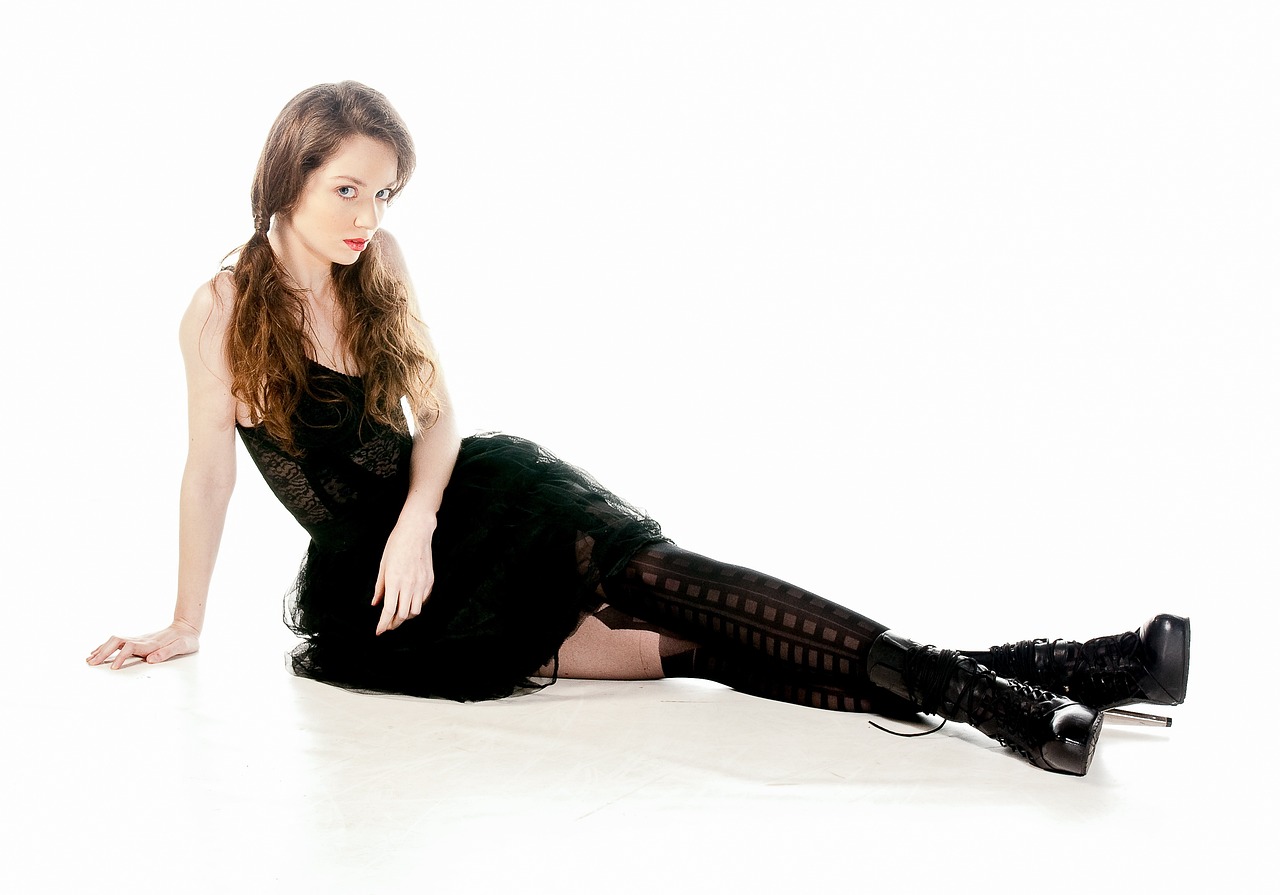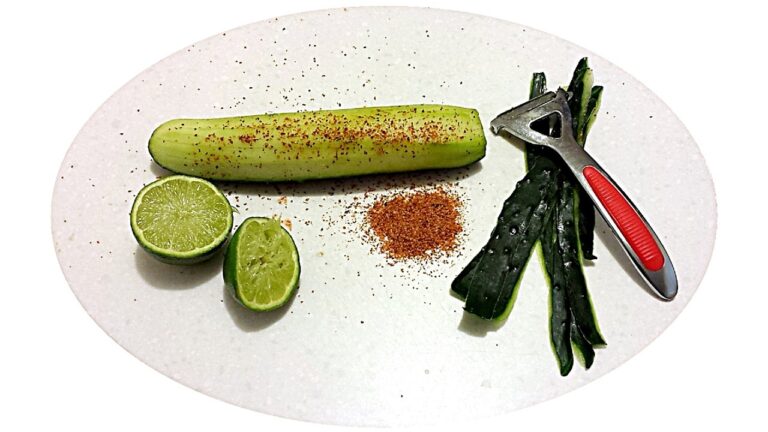Fashion Forward: How Technology is Transforming the Runway
Virtual fashion shows have rapidly transformed the landscape of the fashion industry, offering designers a digital platform to showcase their collections to a global audience. This evolution has been propelled by advancements in technology, providing a unique opportunity for brands to engage with consumers in innovative ways. Through virtual showcases, designers have been able to experiment with creative concepts, pushing the boundaries of traditional runway presentations.
The shift towards virtual fashion shows has not only revolutionized the way collections are presented but has also democratized access to the world of high fashion. By making these shows accessible online, fashion enthusiasts from around the world can now experience the glamour and artistry of fashion week without the constraints of physical attendance. This accessibility has opened up new avenues of creativity and collaboration, allowing designers to reach a wider audience and cultivate a global following.
Innovative Fabric Technologies
In the realm of fashion, fabric technologies are continually advancing, pushing the boundaries of design possibilities. From smart textiles to sustainable materials, the evolution of innovative fabrics is revolutionizing the industry. These cutting-edge fabrics not only offer new aesthetic possibilities but also cater to the growing demand for sustainability and functionality in clothing.
One notable advancement is the development of self-healing fabrics, which have the ability to repair small damages autonomously. This technology not only prolongs the lifespan of clothing but also reduces waste and promotes a more sustainable approach to fashion. Additionally, the integration of conductive fabrics allows for the creation of interactive garments that can sense and respond to the wearer’s movements, opening up new avenues for creativity in design.
Augmented Reality in Fashion Design
Augmented reality is revolutionizing the landscape of fashion design by merging virtual elements with the physical world. Through the use of AR technology, designers can now create immersive and interactive experiences for their audiences, allowing them to visualize garments in a realistic way before they are even produced. This not only enhances the design process but also paves the way for a more inclusive and personalized fashion experience.
By leveraging augmented reality, fashion brands can bridge the gap between online and offline shopping, offering consumers the ability to try on virtual clothes from the comfort of their homes. This innovative technology enables brands to provide a more engaging and seamless shopping experience, ultimately leading to increased customer satisfaction and brand loyalty. Additionally, AR opens up new avenues for creativity in fashion design, allowing designers to explore unconventional ideas and push the boundaries of traditional fashion norms.
• Augmented reality merges virtual elements with the physical world
• Designers can create immersive and interactive experiences for audiences
• Allows visualization of garments before production
• Enhances design process and personalized fashion experience
By using AR technology, fashion brands can:
• Bridge the gap between online and offline shopping
• Offer consumers the ability to try on virtual clothes at home
• Provide a more engaging and seamless shopping experience
• Increase customer satisfaction and brand loyalty
AR in fashion design enables designers to:
• Explore unconventional ideas
• Push boundaries of traditional fashion norms
What is augmented reality in fashion design?
Augmented reality in fashion design is the integration of virtual elements into the real world to enhance the design process and create innovative experiences for consumers.
How has augmented reality changed the fashion industry?
Augmented reality has revolutionized the fashion industry by allowing designers to showcase their collections through virtual fashion shows, incorporating innovative fabric technologies, and providing interactive experiences for consumers.
What are some examples of innovative fabric technologies in fashion design?
Examples of innovative fabric technologies in fashion design include smart fabrics that change color or texture in response to environmental factors, 3D-printed textiles, and sustainable materials made from recycled or biodegradable sources.
How can designers incorporate augmented reality into their fashion collections?
Designers can incorporate augmented reality into their fashion collections by creating virtual try-on experiences for customers, developing interactive lookbooks that showcase the design process, and collaborating with tech companies to implement AR features in their designs.
What are the benefits of using augmented reality in fashion design?
The benefits of using augmented reality in fashion design include increased engagement with consumers, reduced production costs, improved sustainability practices, and enhanced creativity in the design process.







